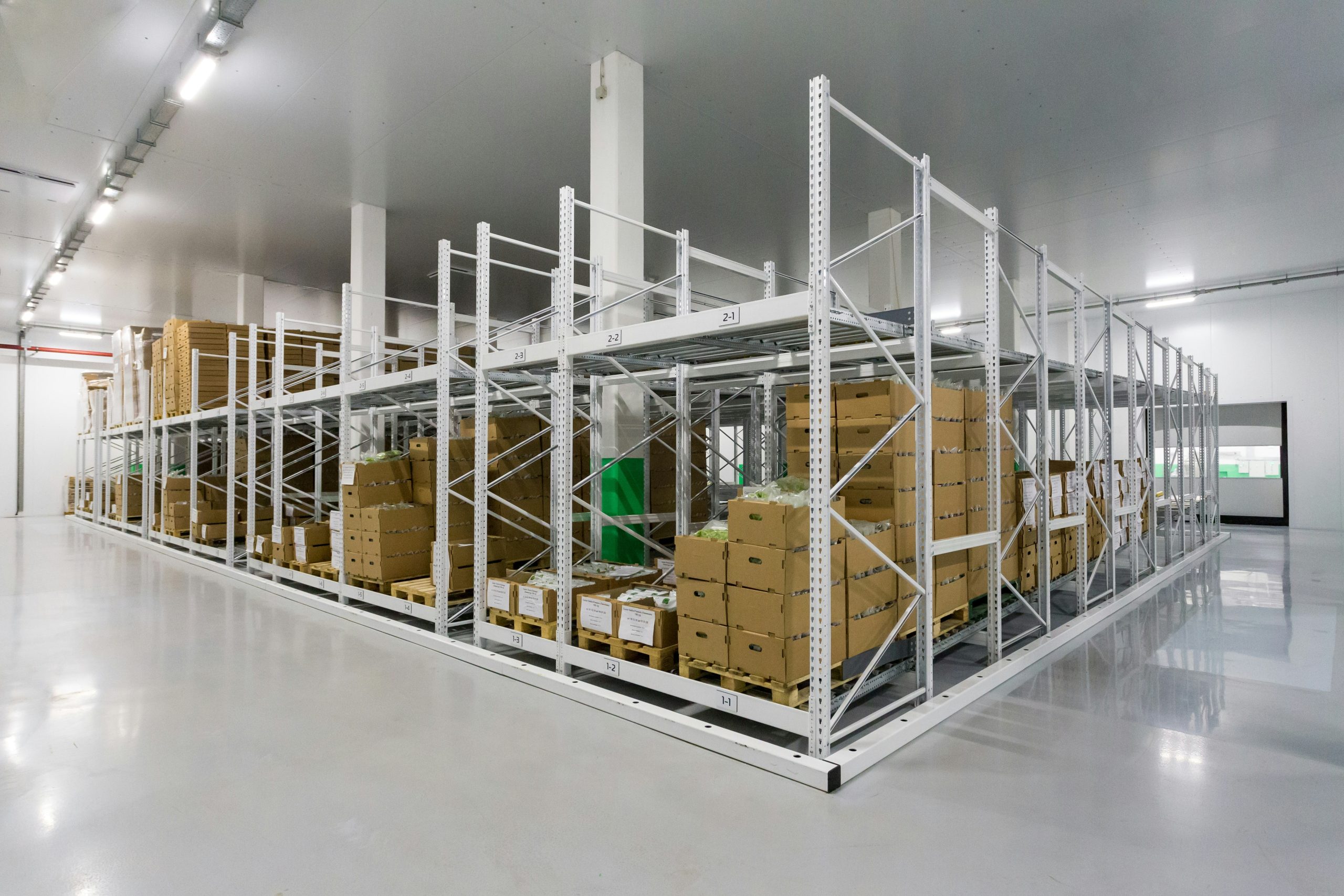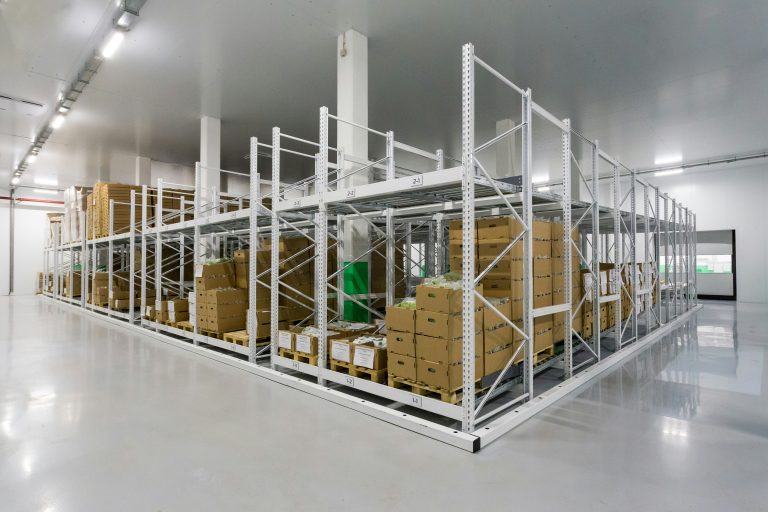What is a Lifting Jack?
Definition and Function
A lifting jack is a mechanical device used to elevate heavy objects, enabling easier access for repair, maintenance, or inspection tasks. It operates by converting mechanical energy into lifting or force that raises an object. The functionality of a lifting jack is indispensable in various scenarios, ranging from automotive repairs to industrial applications. By providing a means to securely lift and hold weighty items, lifting jacks are a critical tool for enhancing safety and efficiency in numerous fields.
Types of Lifting Jacks
Lifting jacks come in diverse types, each tailored for specific tasks and weight capacities. Here we explore the primary types:
Hydraulic Jacks
Hydraulic jacks utilize fluid pressure to exert force and lift loads. These jacks are renowned for their high lifting capacity and smooth operation. Common uses include vehicle maintenance and construction. Models such as floor jacks and bottle jacks fall under this category. The hydraulic mechanism, involving a pump and cylinder, allows for effortless lifting with minimal physical exertion by the user.
Mechanical Jacks
Mechanical jacks rely on physical means, such as screws or gears, to lift objects. These jacks are typically lighter and more portable than hydraulic jacks, making them suitable for low to medium weight lifting tasks. Examples include scissor jacks and ratchet jacks. Mechanical jacks are often operated by turning a crank or handle, converting rotational energy into vertical lifting motion.
Pneumatic Jacks
Pneumatic jacks use compressed air to generate lifting force. These jacks are usually found in industrial and heavy equipment settings where rapid and powerful lifting is required. The operation is facilitated by connecting the jack to an air compressor, which supplies the necessary pressure. The advantage of pneumatic jacks lies in their ability to lift significant weights quickly and with precision.
How Does a Lifting Jack Work?
Understanding the operational principles and components of a lifting jack is essential for safe and effective use.
Basic Operating Principles
Lifting jacks operate on principles of leverage, hydraulics, or pneumatic pressure. The core idea is to apply a smaller force over a longer distance to achieve a larger force over a shorter distance, thereby lifting the object. Hydraulic jacks use fluid power to multiply force, whereas mechanical jacks use gears or screws, and pneumatic jacks use air pressure.
Key Components of a Lifting Jack
The primary components of a lifting jack include the base, lifting arm, handle or pump, and safety features like overload protection valves. The base provides stability, ensuring that the jack does not tip over during operation. The lifting arm interfaces with the load, lifting it off the ground. The handle or pump is used to actuate the lifting mechanism, whether it be hydraulic, mechanical, or pneumatic. Safety features are critical for preventing overloading and ensuring secure operation.
APOLLO
APOLLO’s range of lifting jacks is engineered to cater to a broad spectrum of lifting needs, from automotive repairs to industrial applications. These jacks are designed with a focus on safety, durability, and ease of use, making them an ideal choice for both professionals and novices alike. APOLLO’s lifting jacks come in various models, including bottle jacks, floor jacks, and scissor jacks, each tailored to specific lifting tasks and weight capacities.
One of the standout features of APOLLO lifting jacks is their robust construction. The use of high-grade materials ensures that the jacks can withstand the rigors of heavy lifting without compromise. Additionally, APOLLO jacks are equipped with safety mechanisms such as overload protection valves and stable base designs, which provide added security during operation.
The ergonomic design of APOLLO jacks also facilitates a user-friendly experience. They often include features such as comfortable handles and smooth lifting mechanisms, which allow for precise control over the lifting process. This precision is essential for beginners who are learning the intricacies of safe and effective lifting techniques.

Applications of Lifting Jacks
Lifting jacks are employed in a variety of industries, illustrating their versatility and essential role in modern machinery and maintenance tasks.
Automotive Industry
In the automotive industry, lifting jacks are fundamental tools for mechanics and car enthusiasts alike. They are used for tasks such as tire changes, undercarriage inspections, and repairs. For example, floor jacks and scissor jacks are commonly used to lift vehicles to a sufficient height, allowing for repairs and part replacements. The ability to safely and efficiently elevate vehicles makes lifting jacks indispensable in automotive workshops.
Construction and Heavy Equipment
In the construction industry, lifting jacks are used to move heavy equipment and materials safely. Hydraulic and pneumatic jacks are often employed to lift large machinery or to assist in the structural alignment of components during assembly. The use of lifting jacks in construction not only improves efficiency but also enhances safety by minimizing the risk of accidents associated with manual lifting of heavy loads.
Industrial Uses
In various industrial settings, lifting jacks are used to maintain and service heavy machinery and equipment. They are vital for tasks that involve lifting and securing large components for maintenance or assembly. For instance, pneumatic jacks might be used to lift industrial vehicles or machine parts, ensuring that operations proceed smoothly and safely. The use of lifting jacks in industries streamlines operations by providing reliable and robust lifting solutions.
Safety Considerations When Using Lifting Jacks
Ensuring safety while using lifting jacks is crucial. Here are some guidelines and potential hazards to be mindful of:
Proper Usage Guidelines
Always follow the manufacturer’s instructions when using a lifting jack. Position the jack on a stable, level surface to prevent it from tipping over. Ensure that the lifting point on the object is secure and can handle the force. Never exceed the weight capacity of the jack. When lifting a vehicle, use jack stands to provide additional support as a precaution against jack failure.
Potential Hazards
Lifting jacks, if not used properly, can present several hazards:
Overloading Risks
Overloading a lifting jack can lead to mechanical failure, which poses significant risks. The jack could collapse under the excessive weight, potentially causing injury to the user or damage to the object being lifted. It’s crucial to adhere to the specified weight limits and use a jack suited for the task to prevent overloading.
Incorrect Placement
Placing the jack incorrectly can result in unstable lifting and increase the risk of the jack slipping or tipping over. This could cause the lifted object to fall, leading to potential injury or damage. Always ensure that the jack is positioned properly and the load is evenly distributed before lifting.
Maintenance and Care for Lifting Jacks
Proper maintenance and care are essential for the longevity and safe operation of lifting jacks.
Regular Inspection Procedures
Regularly inspect your lifting jack for any signs of wear, damage, or corrosion. Check all moving parts to ensure they function smoothly and without obstruction. Look for any leaks in hydraulic and pneumatic jacks, as these indicate potential operational issues. Regular inspections help in identifying problems early, preventing potential failures during use.
Common Issues and Troubleshooting
Common issues with lifting jacks include difficulty in lifting, leaks, or mechanical failure in components such as the pump or gears. If a jack is not lifting correctly, check for obstructions in the mechanism and ensure that the fluid levels in hydraulic jacks are appropriate. Address leaks immediately as they can compromise the jack’s lifting capacity and safety. Regular maintenance and prompt troubleshooting ensure safe and effective jack use.
Advantages of Different Types of Lifting Jacks
Understanding the advantages of various types of lifting jacks helps in selecting the right one for specific tasks.
Benefits
Each type of lifting jack offers distinct benefits that make them suitable for different applications:
Efficiency
Hydraulic jacks are highly efficient, providing powerful lifting capacities with minimal effort. This efficiency is essential in automotive and industrial settings where heavy lifting is common. Mechanical jacks, while requiring more manual input, offer consistent and reliable lifting, ideal for lighter tasks.
Portability
Mechanical jacks are typically more portable due to their lighter weight and simpler design. This portability makes them convenient for emergency roadside repairs or tasks that require frequent repositioning of the jack. Pneumatic jacks, while less portable due to the need for a compressor, offer efficiency and power in industrial environments.
Overall, understanding the distinct types, applications, safety considerations, and maintenance of lifting jacks can significantly enhance their effective and safe use. Whether for automotive repairs or heavy industrial lifting, selecting the appropriate lifting jack is crucial for achieving the desired outcomes efficiently and safely.


